9 Great Energy Saving Tips For Lights And Lamps July 28, 2024 – Posted in: Lighting Information, General Info, Home Lighting
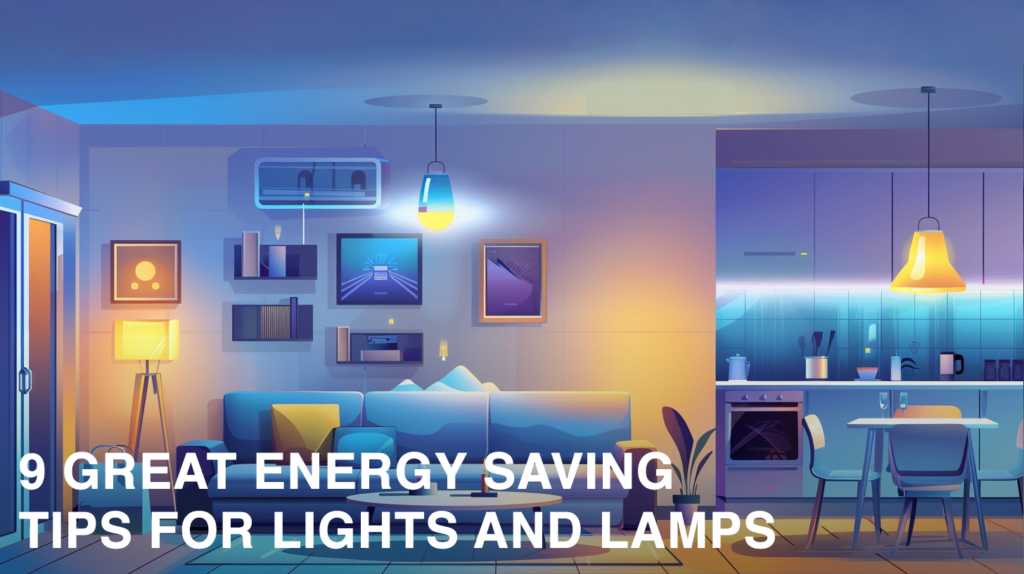
Are you tired of high electricity bills from your lighting? Lighting accounts for about 15% of an average home’s electricity use. This blog post will share practical energy-saving tips for lights and lamps to help cut your costs.
Key Points
- Lighting accounts for about 15% of a home’s electricity use, but switching to LED bulbs can cut this by 75% and save households around $225 annually.
- Simple habits like turning off lights in empty rooms, using motion sensors, and keeping bulbs clean can significantly reduce energy consumption and costs.
- LED bulbs use 90% less energy than incandescent bulbs, last up to 25 times longer, and can help decrease a household’s carbon footprint by about 500 pounds per year.
- Maximizing natural daylight through strategic furniture placement, light-colored paint, and mirrors can decrease reliance on artificial lighting during the day.
- Solar-powered outdoor lighting offers a green alternative that can last over 25 years, providing long-term savings and working independently from the power grid.
The Role of Lighting in Home Energy Use

Lighting plays a crucial role in home energy consumption. Many households spend up to 20% of their electricity bills on lighting alone. Switching to LED bulbs can cut this energy use by 75%, leading to significant savings on electric bills.
Home electricity usage by lighting
Lighting plays a significant role in home energy consumption. Many homeowners underestimate its impact on their electricity bills. Let’s look at some key facts about home electricity usage from lighting:
| Aspect | Details |
|---|---|
| Average Home Electricity Usage | Lighting accounts for about 15% of total electricity use |
| Potential Savings | Households can save around $225 annually by switching to LED lights |
| Energy Efficiency | LED bulbs use up to 90% less energy than traditional incandescent bulbs |
| Lifespan | LED lights last up to 25 times longer than incandescent bulbs |
| Quick Impact | Changing to energy-efficient lighting is one of the fastest ways to reduce energy bills |
| Additional Savings | Using timers and dimmers can further decrease electricity consumption |
These numbers highlight the importance of choosing energy-efficient lighting options. I’ve seen firsthand how replacing old bulbs with LEDs can make a noticeable difference in monthly energy bills. The initial investment pays off quickly through lower electricity costs and less frequent bulb replacements.
ENERGY STAR certified products offer the greatest energy savings. They’ve undergone rigorous testing to ensure quality and efficiency. Selecting these options helps maximize the benefits of switching to energy-efficient lighting.
Savings from switching to LED lighting
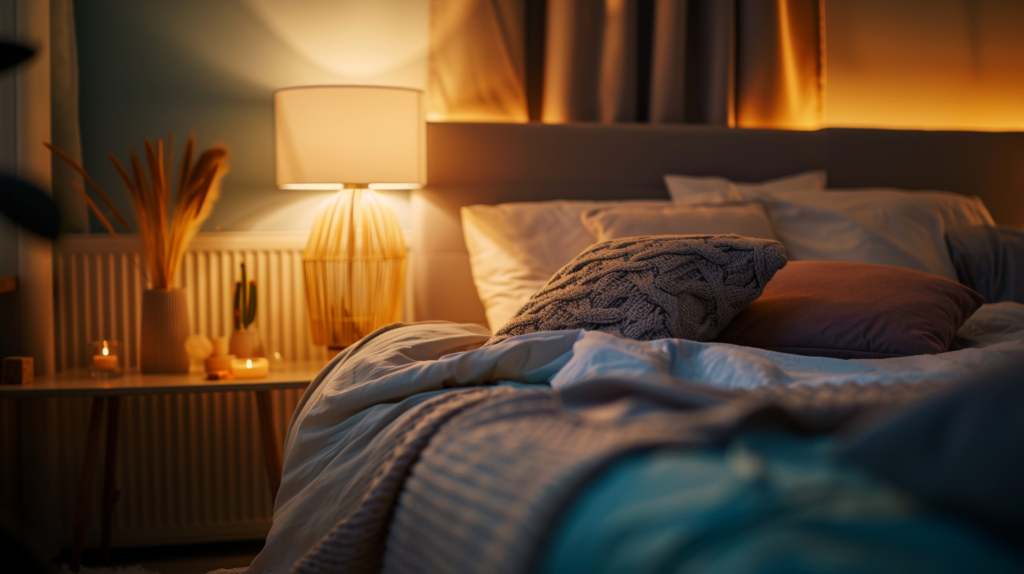
LED bulbs offer substantial energy savings compared to traditional lighting options. These innovative light sources use at least 75% less energy and last up to 25 times longer than incandescent bulbs.
This efficiency translates to significant cost reductions for homeowners. A typical household can save up to $75 per year on electricity bills by making the switch to LED lighting.
The environmental impact is equally impressive, with LED bulbs reducing carbon footprints by approximately 500 pounds annually.
LED lighting is not just a bright idea; it’s a smart investment for your wallet and the planet.
The long-term benefits of LED adoption extend beyond individual households. Projections indicate that energy savings from LED lighting could reach a staggering 569 TWh annually by 2035.
This massive reduction in energy consumption has far-reaching implications for national power grids and global sustainability efforts. LED holiday lights exemplify these advantages on a smaller scale, consuming significantly less electricity than their incandescent counterparts while offering improved safety, durability, and longevity.
Practical Energy-Saving Strategies for Lighting
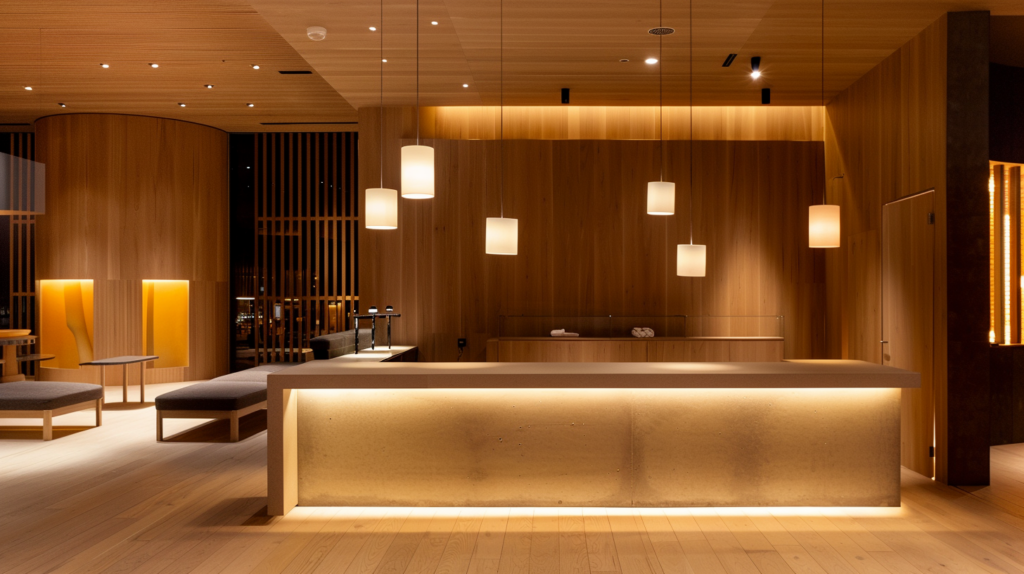
Practical energy-saving strategies for lighting can slash your electricity bills. These simple changes in your home lighting habits can lead to big savings over time.
Ensure lights are off when rooms are empty
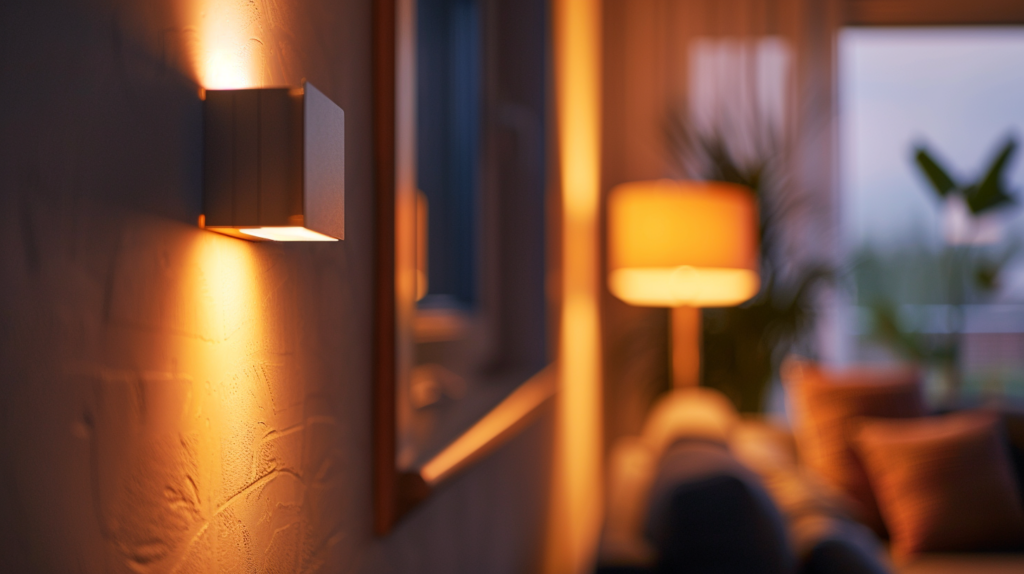
Turning off lights in empty rooms is a simple yet effective way to save energy and reduce electricity bills. This practice can lead to significant savings over time, especially for households that frequently leave lights on unnecessarily.
Experts recommend making it a habit to switch off lights when leaving a room, even for short periods. For incandescent and halogen bulbs, immediate shutoff is best due to their lower efficiency.
However, with CFLs, it’s more energy-efficient to leave them on if you’ll return within 15 minutes.
LED lights offer the most flexibility and energy savings. They can be turned on and off without affecting their lifespan or efficiency. Installing motion sensors or timers can automate this process, ensuring lights are only on when needed.
By consistently turning off unused lights, homeowners can see a noticeable decrease in their energy consumption and utility costs. This small change in behavior contributes to both personal savings and broader energy conservation efforts.
Install motion sensors for automatic lighting control

Building on the practice of turning off lights in empty rooms, installing motion sensors takes this energy-saving strategy further. Motion sensors offer an automated solution to ensure lights are only on when needed, reducing energy waste and cutting costs.
- Automatic operation: Motion sensors detect movement and turn lights on without manual intervention. They switch off lights after a set period of inactivity, eliminating the need to remember to flip the switch.
- Significant energy savings: Installing motion sensors can lead to over 30% reduction in electric lighting costs. This translates to lower utility bills and decreased energy consumption.
- Various applications: Motion sensors work well in different areas of the home, including hallways, bathrooms, garages, and outdoor spaces. They’re particularly useful in spaces with irregular occupancy patterns.
- Integration with smart technology: Modern motion sensors can be part of a broader smart home system. They can connect with real-time energy monitoring tools and adjust to user preferences for optimal efficiency.
- Daylight adaptation: Advanced sensors can detect natural light levels and adjust artificial lighting accordingly. This feature maximizes the use of daylight and further reduces energy use.
- Enhanced security: Motion-activated lights serve a dual purpose by deterring potential intruders and improving safety around the home’s exterior.
- Cost-effective investment: While there’s an upfront cost for installation, the long-term energy savings often outweigh the initial expense. The payback period is typically short, making it a sound financial decision. The best practice is to upgrade to motion sensors when replacing your light switches to save on costs.
- Convenience factor: Motion sensors eliminate the need to search for light switches in the dark, improving safety and comfort for household members and guests.
Replace old bulbs with LED options

LED bulbs offer significant energy savings and longevity compared to traditional lighting options. Replacing old bulbs with LED alternatives is a smart move for both your wallet and the environment.
- Switch to LED bulbs for immediate energy savings. LEDs use at least 75% less energy than incandescent bulbs.
- Enjoy longer-lasting illumination. LED bulbs can last up to 25 times longer than their incandescent counterparts.
- Reduce your carbon footprint. The energy efficiency of LEDs translates to lower greenhouse gas emissions.
- Save money on your electric bill. The average U.S. household has about 50 light bulbs, and 60% are inefficient. Replacing these with LEDs can lead to substantial cost savings.
- Experience better light quality. LEDs produce light without flickering, offering more consistent illumination.
- Benefit from improved dimming performance. Many LED options are compatible with dimmer switches, allowing for mood lighting and further energy savings.
- Avoid mercury exposure. Unlike fluorescent lamps, LEDs don’t contain mercury, making them safer and easier to dispose of.
- Upgrade outdoor lighting. LED bulbs work well in cold temperatures, making them ideal for exterior fixtures.
Keep light bulbs and fixtures clean
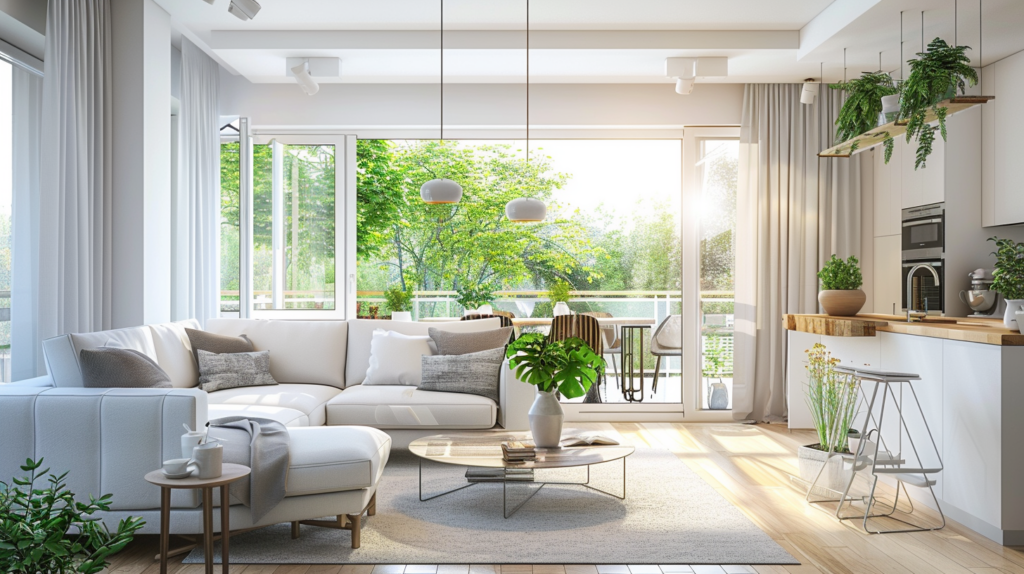
Clean light bulbs and fixtures boost your home’s brightness and energy efficiency. Dust and grime on lamps can reduce light output by up to 30%, forcing you to use higher wattage bulbs or more lights to achieve the same illumination.
Regular cleaning maintains optimal performance and extends the lifespan of your lighting equipment. I’ve found that a quick wipe-down with a microfiber cloth once a month makes a noticeable difference in my home’s lighting quality.
Proper maintenance of lighting fixtures also improves safety and saves money. Dirty bulbs and fixtures can overheat, increasing fire risk and energy consumption. By keeping them clean, you’ll reduce electricity usage and lower your utility bills.
The Department of Energy estimates that the average household can save about $225 annually by using efficient LED lighting and proper maintenance practices. This simple task of cleaning your lights is an easy way to cut energy costs and improve your home’s ambiance.
Maximize the use of natural daylight
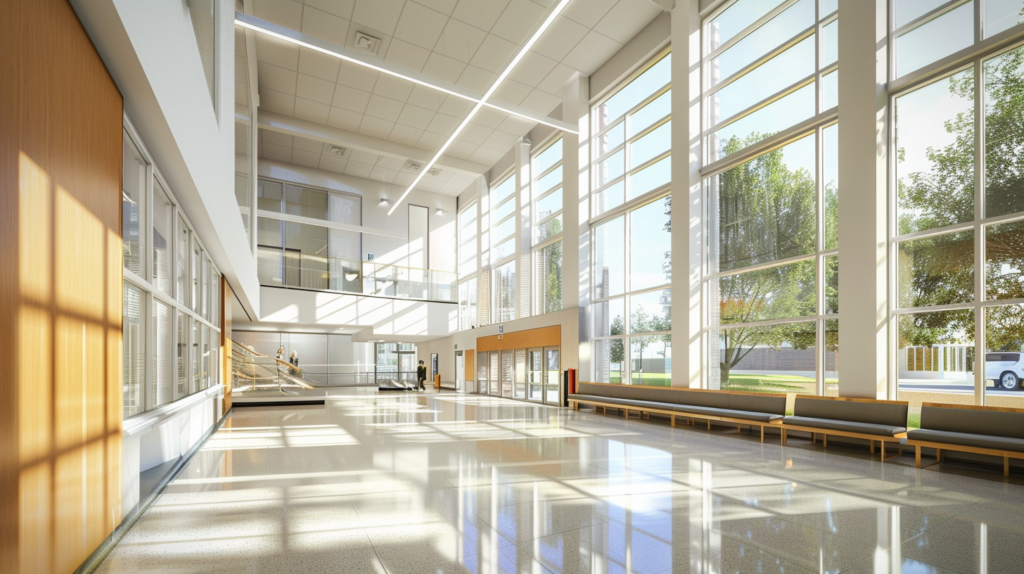
Harnessing natural light reduces electricity costs and enhances well-being. Position furniture to maximize sunlight exposure and use light-colored paint to reflect daylight throughout rooms.
Install skylights or larger windows to increase natural illumination. Sheer curtains allow light in while providing privacy. These simple changes can significantly cut energy use and create a brighter, more inviting living space.
I’ve seen firsthand how strategic placement of mirrors can amplify natural light. Placing a large mirror opposite a window doubles the amount of daylight entering a room. Light shelves – horizontal surfaces above eye level – bounce sunlight deeper into spaces.
Removing unnecessary window coverings and trimming outdoor plants that block light also helps. These techniques make rooms feel more spacious and reduce the need for artificial lighting during daytime hours.
Additional Methods to Reduce Lighting Costs
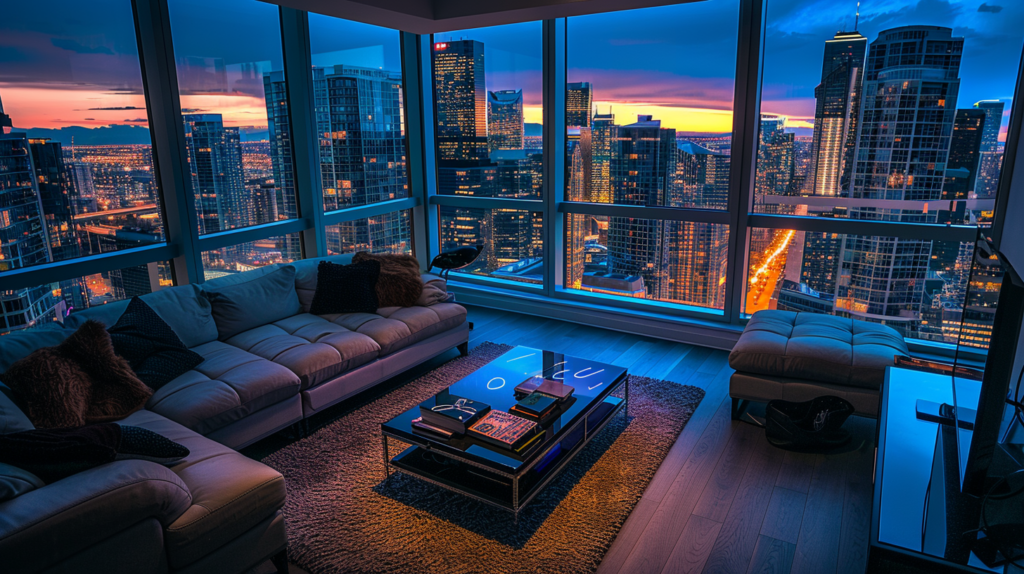
Lighting costs can be further reduced through smart technology and alternative power sources. Dimmer switches allow precise control over light intensity, while solar-powered options harness free energy from the sun.
Implement dimmer switches to control light intensity
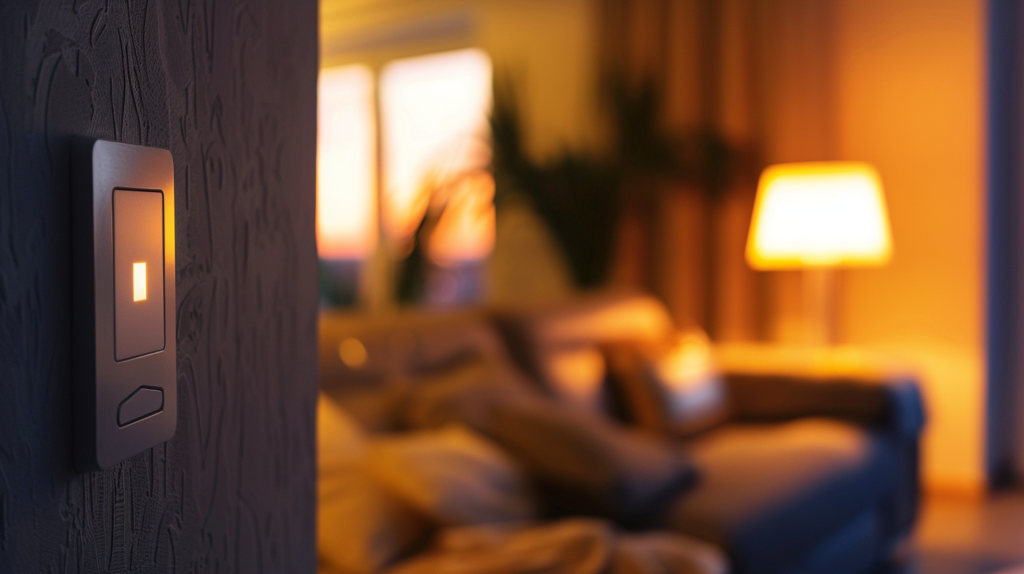
Dimmer switches offer a smart way to control light intensity and save energy. These devices allow you to adjust the brightness of your lights, reducing power consumption when full illumination isn’t needed.
Solid-state dimmers work well with LED bulbs, creating an efficient lighting system that meets your needs while cutting electricity use. By installing dimmers, you can create the right ambiance for any occasion and extend the life of your light bulbs.
Smart LED lighting systems take energy savings further. These advanced setups let you dim LED lamps to minimize power use while still meeting your lighting requirements. The ability to fine-tune light output means you only use as much electricity as necessary.
This precise control leads to greater energy savings and lower utility bills over time. Plus, you get the added benefit of customizable lighting to suit your mood or activity.
Explore solar-powered lighting options
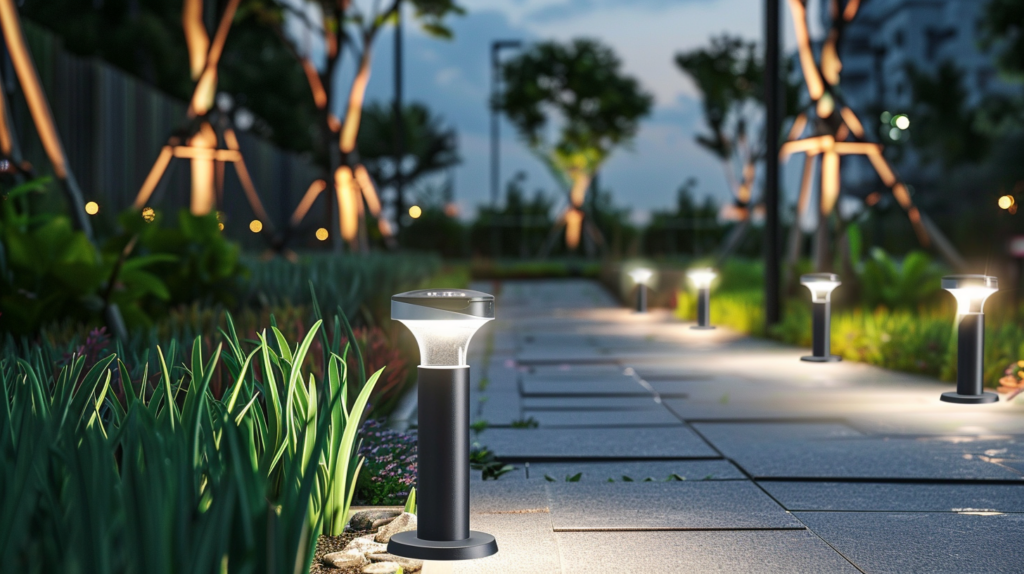
Solar-powered lighting offers a green and cost-effective solution for outdoor illumination. These systems use photovoltaic panels to convert sunlight into electricity, storing it in batteries for nighttime use.
High-quality solar lights can last over 25 years, providing long-term savings on energy bills. They work independently from the power grid, reducing reliance on traditional electricity sources.
Installing solar LED lights in gardens, pathways, or on light poles can significantly cut power consumption. The initial investment pays off through lower utility costs and minimal maintenance needs.
Solar lighting systems come in various designs, from decorative string lights to powerful floodlights, catering to different outdoor lighting requirements. Their off-grid nature makes them ideal for remote areas or during power outages, ensuring continuous illumination.
FAQs – Energy Saving Tips For Lights And Lamps
How can I save energy with my lights?
Use LED light bulbs. They use less power than incandescent or fluorescent lights. Turn off lights when you leave a room. Install lighting controls to automatically turn off lights. Use task lighting instead of lighting the whole room.
Do LED bulbs really save money?
Yes, LED bulbs save money. They use less electricity than other types of bulbs. LEDs last longer too. This cuts your energy costs and reduces how often you need to buy new bulbs.
What’s the difference between lumens and watts?
Lumens measure the amount of light a bulb gives off. Watts measure how much energy a bulb uses. LED bulbs provide more lumens per watt than incandescent bulbs. This means they give more light while using less power.
How much can I save by switching to energy-efficient lighting?
Switching to LED bulbs can cut your energy use for lighting by up to 75%. This can lower your electric bill significantly. The exact savings depend on your utility charges and how much you use your lights.
Are there any quick ways to reduce my lighting energy usage?
Yes! Use natural light when possible. Clean your light fixtures regularly. They give off more light when clean. Consider using ceiling fans with lights. They can help cool a room, reducing the need for air conditioning.
How do CFLs compare to LEDs for energy savings?
Both CFLs and LEDs save more energy than incandescent bulbs. LEDs are more efficient than CFLs. LEDs last longer and contain no mercury. They also work better with dimmer switches. For the best energy savings, choose LEDs.
I have been the project manager for Modern.Place since early 2016, spending three of those years working overseas on the manufacturing & procurement side of the LED lighting industry. Constantly learning and passing on knowledge to others while excited for what the lighting industry will involve into next.

